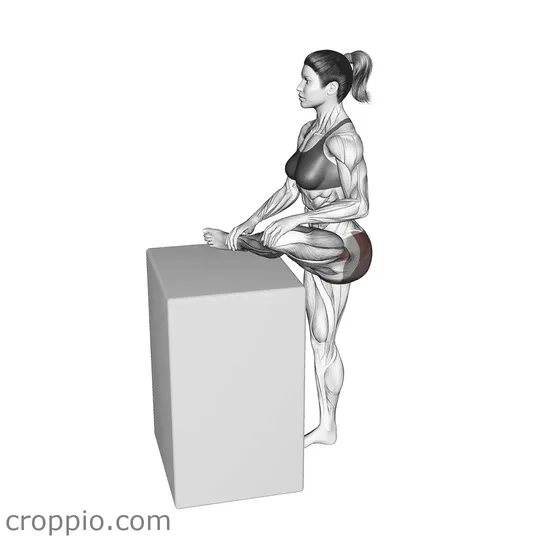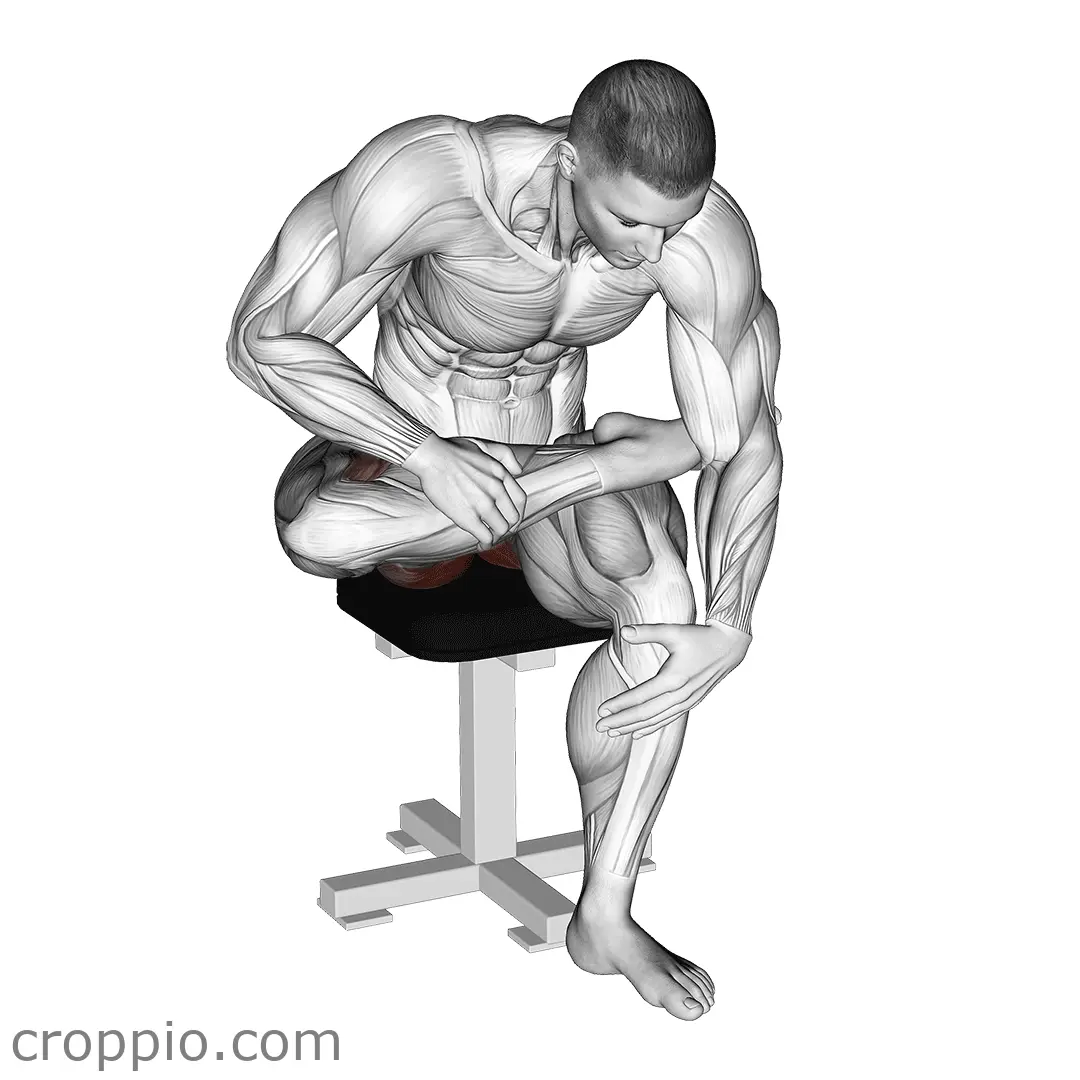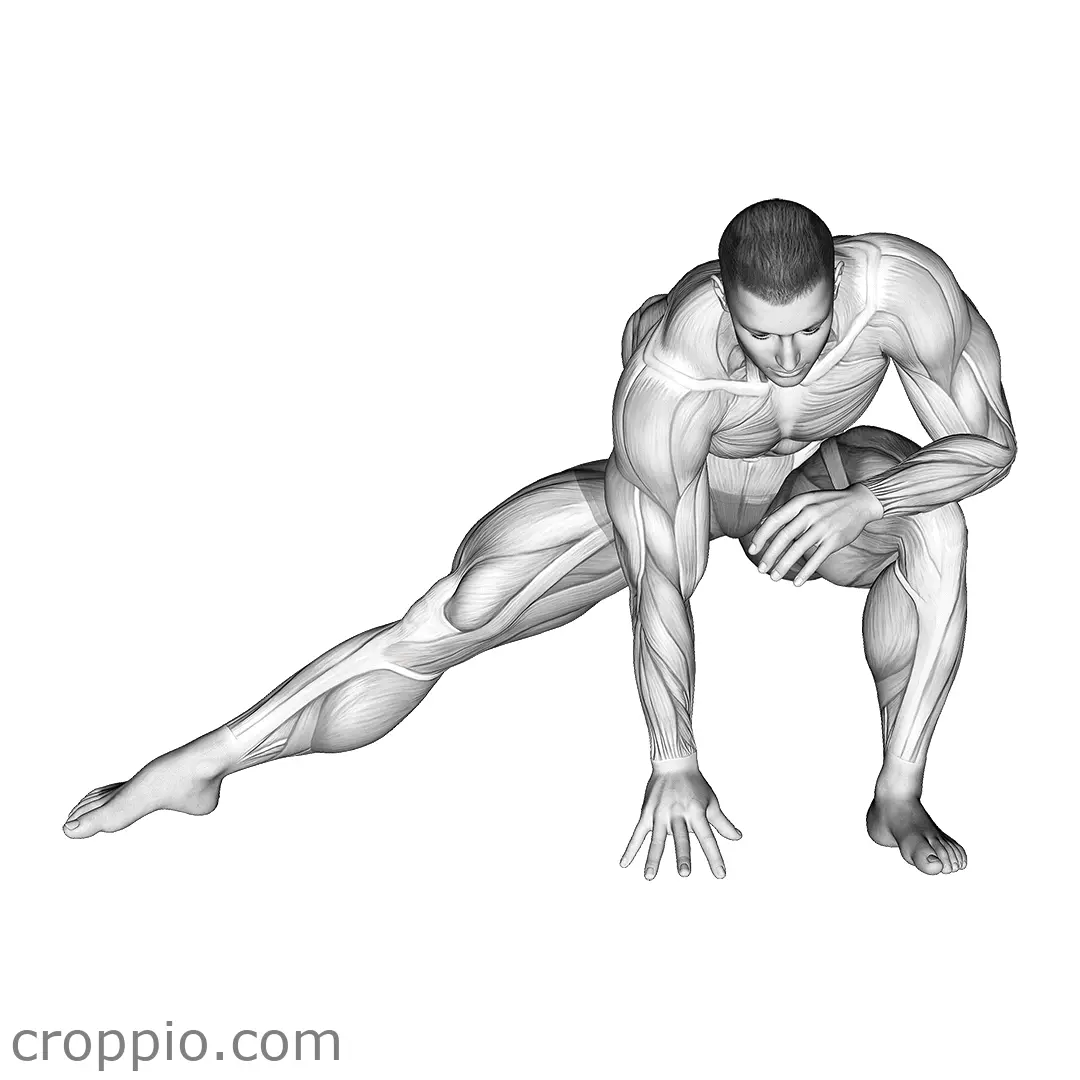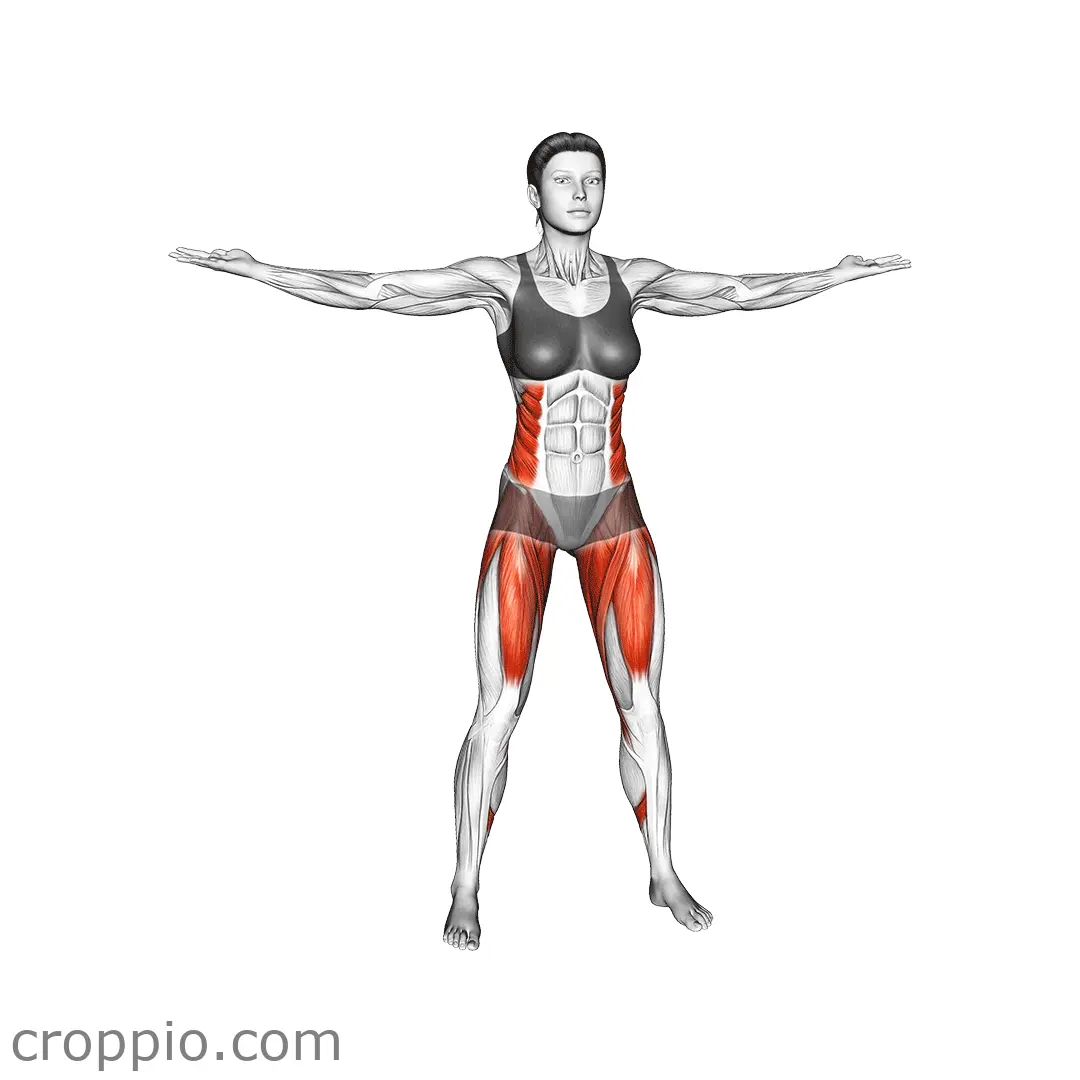Standing Piriformis Stretch

Muscles Involved
The standing piriformis stretch primarily targets the piriformis muscle, located deep in the gluteal region. This muscle plays a crucial role in hip rotation and stabilization. Additionally, the stretch engages the surrounding muscles, including the gluteus maximus and medius, as well as the lower back muscles such as the erector spinae. Secondary benefits may include stretching the hamstrings and the deep hip rotators, contributing to overall hip flexibility and reducing tension in the surrounding areas.
Top Mistakes
- Leaning too far forward: This can place unnecessary strain on the lower back and negate the stretch for the piriformis.
- Not aligning the hips: Twisting or misaligning the hips during the stretch can lead to uneven stretches and potential injury.
- Holding breath: Forgetting to breathe properly can prevent effective muscle relaxation and limit the benefits of the stretch.
- Rushing the stretch: Performing the movement too quickly can reduce its effectiveness and increase the risk of injury.
Execution Tips
To perform the standing piriformis stretch correctly, start by standing upright with feet shoulder-width apart. Slowly lift one leg and cross it over the opposite knee. Sit back as if you are going to lower into a chair, keeping the weight in your standing leg. Ensure your back remains straight and engage your core for stability. Hold the position for 20 to 30 seconds, feeling the stretch in your glute and hip; remember to breathe deeply throughout the process. Return to the starting position and switch legs. To maximize benefits, ensure the position is held without bouncing and that you keep your knees aligned with your toes.
Workouts
The standing piriformis stretch can be effectively integrated into a workout routine as part of a cool-down process or as a standalone flexibility session. A recommended approach is to perform 2-3 sets of 30 seconds on each side after lower body workouts or on rest days to improve flexibility. Pair it with complementary exercises like lunges, hip flexor stretches, and foam rolling techniques for the glutes to enhance hip mobility and reduce tightness.
Conclusion
The standing piriformis stretch provides numerous benefits by increasing flexibility in the hip region and reducing tension in the piriformis muscle. Incorporating this stretch into your fitness routine can help alleviate discomfort associated with sciatica and improve overall hip function, leading to better performance in physical activities and enhanced day-to-day movement.



